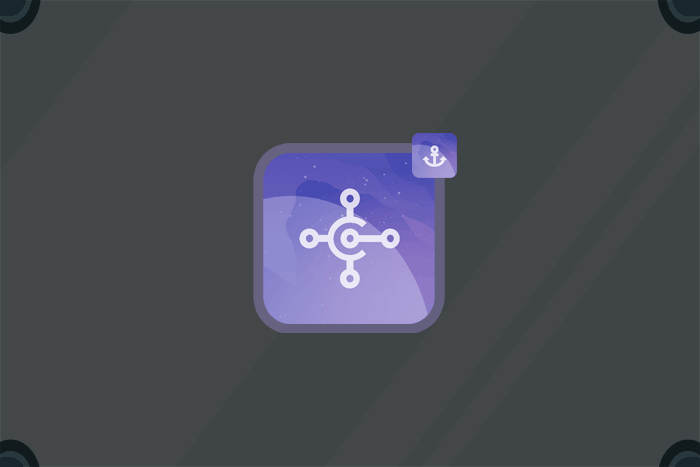
If you’re a growing SaaS company, you’ve probably asked yourself: should we build our integrations in-house or use an iPaaS? The answer depends on your scale, needs, and how much you want to invest in long-term maintenance.
The Case for Custom Integrations
Custom-built integrations give you total control. You can optimize for performance, build exactly what your product needs, and align the experience perfectly with your UI.
But they come at a cost:
- High upfront development time
- Ongoing maintenance burden
- Fragile error handling and retry logic
- Delayed time-to-market
At a small scale, these issues are manageable. But as you grow and customers start demanding dozens of third-party integrations, custom code becomes a liability.
The iPaaS Advantage
An iPaaS removes these bottlenecks. You get:
- Prebuilt connectors for common systems
- Low-code tools to create new flows or extend existing ones
- Developer-friendly DSLs for when custom logic is needed
- Built-in onboarding UIs to let customers authenticate integrations easily
This hybrid flexibility means you don’t sacrifice control and at the same time you gain efficiency.
What Scales Better?
If your roadmap includes dozens of integrations, embedded onboarding flows, and the need for fast delivery, iPaaS wins every time. It reduces technical debt, allows faster deployment, and frees up your team to focus on innovation instead of infrastructure.
Want the best of both worlds? Strawbays iPaaS gives you more control and increased speed.




